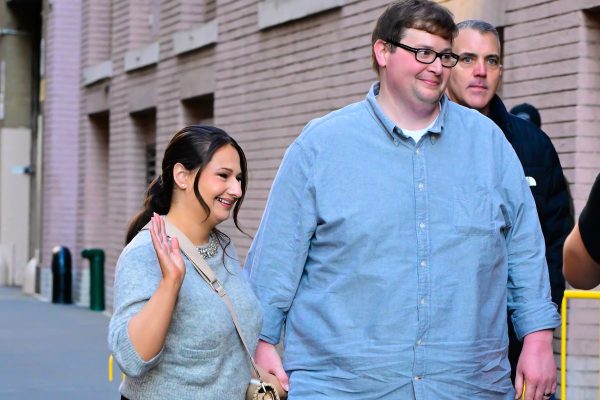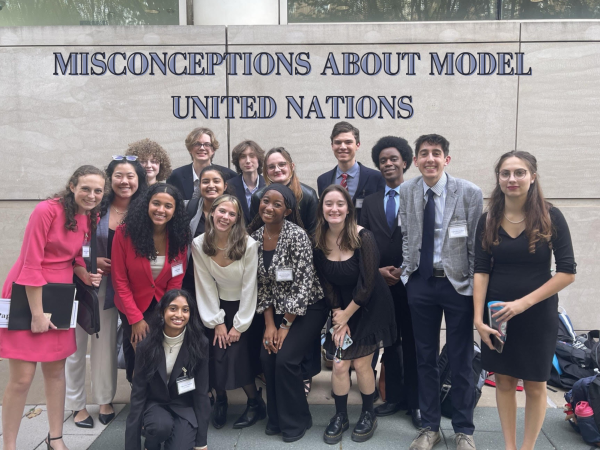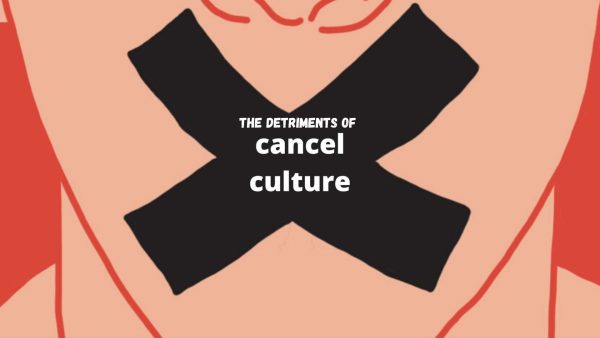E-cigarettes: Not a healthy alternative
March 27, 2018
Cigarettes kill. Since the late 20th century, society has accepted this fact and now sticks a negative connotation at the end of each cigarette stub. Despite the efforts discouraging tobacco use, the appetite for nicotine still remains unsatisfied.
To stay healthy and away from tobacco while getting the desired nicotine dose—a paradox within itself—Chinese pharmacist and smoker, Hon Lik, created the first commercially successful electronic cigarette in 2003. This novel electronic gadget has revolutionized the way that the rising generation views smoking and simultaneously created a detrimental misconception.
Many argue “It’s not a cigarette,” but such a justification for redirecting a nicotine addiction to e-cigarettes and vapes puts the American youth at risk. As they inhale aerosol through a heated metal chamber, their lungs commence a prolonged process of health risks and complications. But why would 2.39 million teenagers expose themselves to the repercussions of this new trend?
Anything with a cotton candy or Lucky Charms flavor appeals to the average adolescent. According to Science News for Students (SNFS), “This is one reason the U.S. Food and Drug Administration in 2009 banned cigarettes flavored with anything but menthol. It was to limit their appeal to kids.” But these efforts are not limited to high schoolers; middle schoolers are often the users and propagators of “Teen Vaping.”
Yet, the grasps of nicotine induced E-cigarettes do not stop there: “Poison-control agencies have been fielding lots of calls about e-cig poisonings. Many of the victims are preschoolers.”
Nicotine—the 5th most addictive substance known to man—incentivizes through its addictive ingredients to ensure its use and overuse. This flawed elixir now resides in the majority of vapes. Throughout the shift from cigarettes to vapes, nicotine continues its prevalence in its ingredient usage. Despite the immense health risks presented by the chemical, vape contains other toxins that threaten the youth’s wellbeing.
“Diacetyl has been linked to a respiratory disease called bronchiolitis obliterans… [also] known as ‘popcorn lung,’” according to Webmd.com.
This chemical, along with the plethora of other substances found in vapes and E-cigarettes, deteriorate lung tissue and impair fibroblasts—the key repair cells that would heal any wounds. A perpetual cycle begins here: burning fumes wear away at the lung tissue and cannot undergo necessary repair because of the debilitated fibroblasts.
“Some new data even suggest that e-cig vapors may contain cancer-causing chemicals,” SNFS said. These health risks present a question—a question challenging the basis of the electron cigarette market.
To prohibit this threatening misconception that vapes pose little risks from spreading any further into normality, we, as an aware society, need to promote this knowledge to our peers for the sake of their well being. Now the American teen must choose between a life of fresh air and healthy lungs, or a survival with crippled breathing and a cotton-candy flavored buzz.


















Grace Babcock • Sep 13, 2018 at 8:36 AM
I think that every teen should read this article, and should know that vaping is not an alternative to smoking. Breathing anything into your lungs is bound to cause problems, so why is our generation so obsessed with smoking? This article really sheds a bright light on a dire situation, and I hope that you continue to advocate against E-cigs. It’s just not worth it.